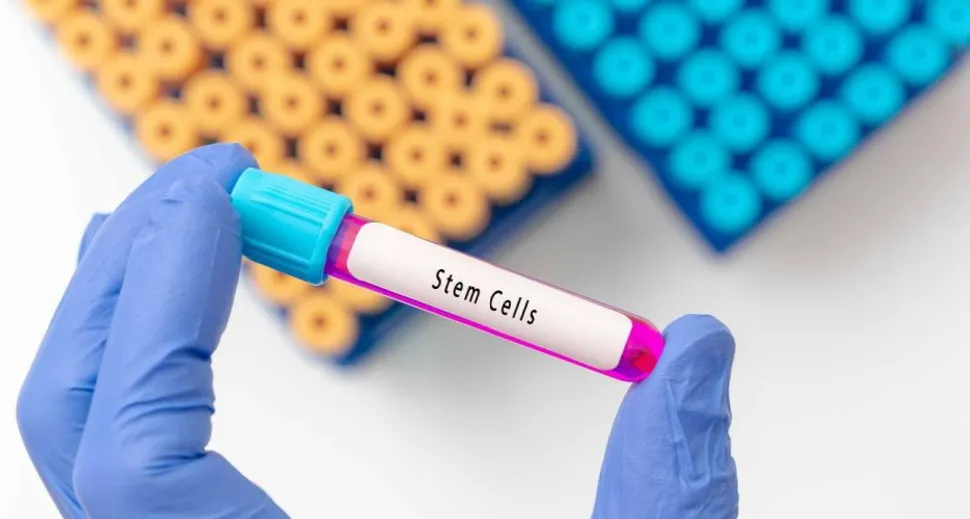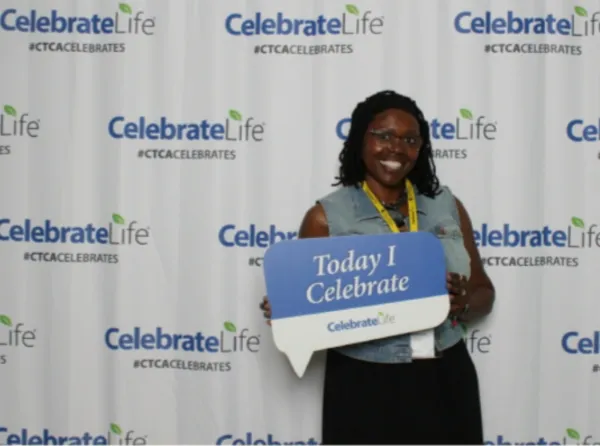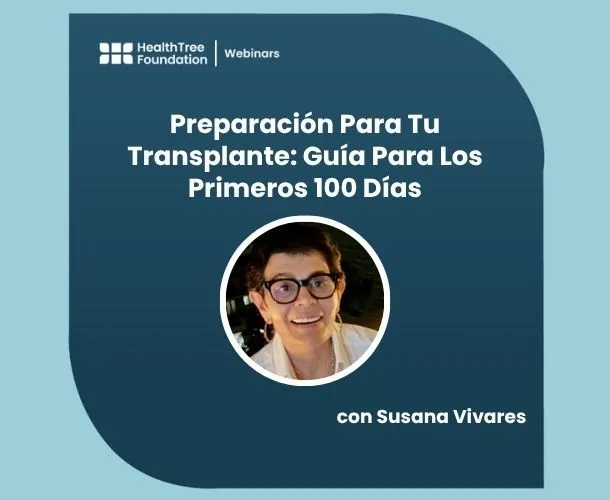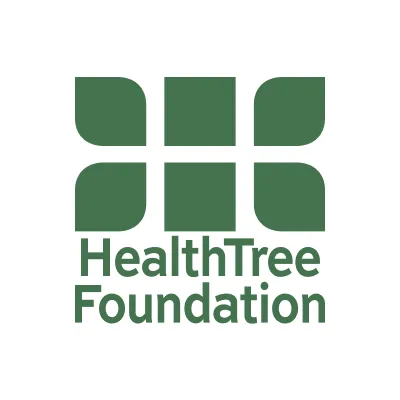A Better Drug for Stem Cell Collection in Multiple Myeloma

A new drug called motixafortide (Aphexda) may speed up and improve stem cell collection, the process that gathers stem cells in preparation for autologous transplant. Multiple myeloma patients who have undergone stem cell transplant welcome a more efficient and faster way for collection.
In the stem cell transplant process, stem cells are collected using an apheresis machine that connects to a temporary port in the patient's neck or chest. Then, the chemotherapy melphalan is given to eliminate the myeloma cells. The stem cells previously collected are then given back to the patient to "rescue" the bone marrow and steadily re-grow the blood counts to normal levels. When your own stem cells are used in this process, it is called an autologous transplant. Collecting enough cells for one or more transplants is the goal.
A Phase III study led by Washington University School of Medicine in St. Louis showed that the drug called motixafortide could be combined with normal stem cell mobilizing drugs to significantly increase the number of stem cells that could be harvested, compared to the standard mobilizing drugs alone.
This would be a welcome option for patients, as the collection process is not a fun part of stem cell transplant. Some patients collect stem cells quickly, while others take several days to collect a sufficient amount of cells. Patients who have had significant prior therapy can take longer to collect stem cells. Patients with prior lenalidomide exposure are also slower to collect stem cells. A minimum of 2 million stems cells per kilogram of body weight is needed for the transplant process, but 5-6 million cells are ideal.
The study included patients with an average age of 63 and over 70% of them had been on a lenalidomide-containing treatment. The GENESIS study results were recently published in Nature Medicine.
Motixafortide combined with G-CSF allowed 92% of patients to collect the optimal number of stem cells after two collection procedures. Only 26% of patients who receive just G-CSF alone were able to collect the ideal number of cells after the same number of procedures.
Even after just one collection procedure, the optimal amount of cells could be collected from 88% of patients using the motixafortide/G-CSF combination compared to 9% of patients using only G-CSF.
The type of cells the motixafortide and G-CSF produced together were also key. The combination was able to 10x the number of early progenitor stem cells (stem cells in early stages of development) compared to G-CSF alone. These early cells have better potential to mature into a wider variety of blood cell types, making recovery of red blood cells, white blood cells and platelets faster and more durable.
According to John DiPersio, PhD of the Siteman Cancer Center:
“This study suggests motixafortide works extremely well in combination with the standard drug, granulocyte colony stimulating factor (G-CSF), in mobilizing stem cells in patients with multiple myeloma. The study also found that the combination worked rapidly and was generally well-tolerated by patients. We are hopeful that this investigational drug, if approved, will expand the number of patients who can receive an effective stem cell transplant for multiple myeloma.”
The study showed that motixafortide had a good safety profile and it was well tolerated. The most common but low-level side effect was an injection site reaction.
The company, BioLineRx, has a New Drug Application submitted with the FDA. The company's Prescription Drug User Fee Act (PDUFA) date (or FDA review date to be approved for commercial use) is September 9, 2023. To read more about myeloma patient experiences with stem cell collection, click here.
A new drug called motixafortide (Aphexda) may speed up and improve stem cell collection, the process that gathers stem cells in preparation for autologous transplant. Multiple myeloma patients who have undergone stem cell transplant welcome a more efficient and faster way for collection.
In the stem cell transplant process, stem cells are collected using an apheresis machine that connects to a temporary port in the patient's neck or chest. Then, the chemotherapy melphalan is given to eliminate the myeloma cells. The stem cells previously collected are then given back to the patient to "rescue" the bone marrow and steadily re-grow the blood counts to normal levels. When your own stem cells are used in this process, it is called an autologous transplant. Collecting enough cells for one or more transplants is the goal.
A Phase III study led by Washington University School of Medicine in St. Louis showed that the drug called motixafortide could be combined with normal stem cell mobilizing drugs to significantly increase the number of stem cells that could be harvested, compared to the standard mobilizing drugs alone.
This would be a welcome option for patients, as the collection process is not a fun part of stem cell transplant. Some patients collect stem cells quickly, while others take several days to collect a sufficient amount of cells. Patients who have had significant prior therapy can take longer to collect stem cells. Patients with prior lenalidomide exposure are also slower to collect stem cells. A minimum of 2 million stems cells per kilogram of body weight is needed for the transplant process, but 5-6 million cells are ideal.
The study included patients with an average age of 63 and over 70% of them had been on a lenalidomide-containing treatment. The GENESIS study results were recently published in Nature Medicine.
Motixafortide combined with G-CSF allowed 92% of patients to collect the optimal number of stem cells after two collection procedures. Only 26% of patients who receive just G-CSF alone were able to collect the ideal number of cells after the same number of procedures.
Even after just one collection procedure, the optimal amount of cells could be collected from 88% of patients using the motixafortide/G-CSF combination compared to 9% of patients using only G-CSF.
The type of cells the motixafortide and G-CSF produced together were also key. The combination was able to 10x the number of early progenitor stem cells (stem cells in early stages of development) compared to G-CSF alone. These early cells have better potential to mature into a wider variety of blood cell types, making recovery of red blood cells, white blood cells and platelets faster and more durable.
According to John DiPersio, PhD of the Siteman Cancer Center:
“This study suggests motixafortide works extremely well in combination with the standard drug, granulocyte colony stimulating factor (G-CSF), in mobilizing stem cells in patients with multiple myeloma. The study also found that the combination worked rapidly and was generally well-tolerated by patients. We are hopeful that this investigational drug, if approved, will expand the number of patients who can receive an effective stem cell transplant for multiple myeloma.”
The study showed that motixafortide had a good safety profile and it was well tolerated. The most common but low-level side effect was an injection site reaction.
The company, BioLineRx, has a New Drug Application submitted with the FDA. The company's Prescription Drug User Fee Act (PDUFA) date (or FDA review date to be approved for commercial use) is September 9, 2023.
To read more about myeloma patient experiences with stem cell collection, click here.
about the author
Jennifer Ahlstrom
Myeloma survivor, patient advocate, wife, mom of 6. Believer that patients can contribute to cures by joining HealthTree Cure Hub and joining clinical research. Founder and CEO of HealthTree Foundation.
More on Navigating Your Health
Trending Articles




Get the Latest Multiple Myeloma Updates, Delivered to You.
By subscribing to the HealthTree newsletter, you'll receive the latest research, treatment updates, and expert insights to help you navigate your health.










